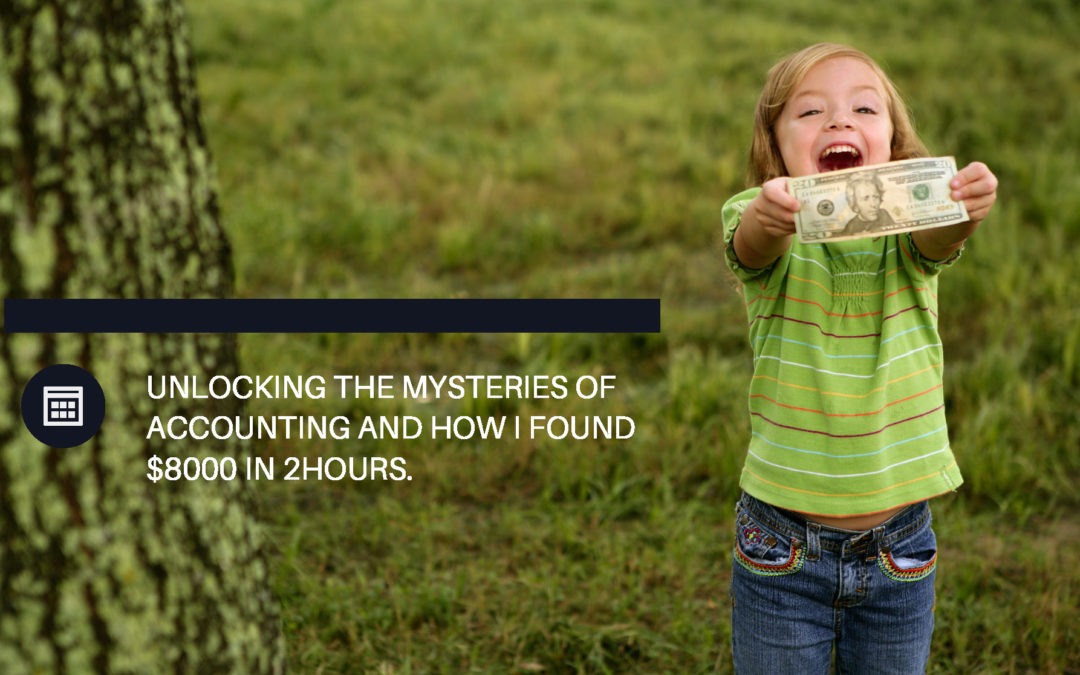
by Jules Breese | Jul 5, 2020 | Biz News
If your small business has experienced a decline in turnover as a result of COVID-19, you may be eligible for a recovery grant of between $500 and $3000 to help you meet the costs of safely reopening or up-scaling your business.
These expenses include, but are not limited to:
- fit-out changes and temporary physical changes (for example, plastic barriers at checkouts)
- staff training and counselling
- business advice and continuity planning
- cleaning products and additional cleaning services
- additional equipment necessary to comply with social distancing or other public health measures
- marketing, communications and advertising
- digital solutions (for example, e-commerce or business websites).
This grant can only be used for purchases of eligible expenses made from 1 July 2020, and only where no other government support is available. Check your eligibility here https://www.service.nsw.gov.au/transaction/apply-small-business-covid-19-recovery-grant#eligibility and apply by no later than Sunday 16 August 2020.
If you are successful with your application please contact us for business advice and help you plan for your recovery.

by Jules Breese | Mar 23, 2018 | Biz News

As you would may be aware from 1 July 2018, employers with 20 or more employees will be required to report to the ATO using Single Touch Payroll (‘STP’).
Real Time Reporting to the ATO
STP requires employers to report to the Australian Taxation Office (‘ATO’) information on employees’ salaries and wages, allowances, deductions, PAYG Withholding and superannuation in real-time, at the time they pay their employees which the ATO are calling a ‘pay event’. This will mean an automatic transfer of data between an employer’s payroll provider and the ATO at the time when a payrun is finalised.
Head Count of Employees on 1 April 2018
To determine if you need to be STP-ready on July 1, the ATO is asking businesses to count the number of employees on their payroll on 1 April 2018. This headcount should include all full-time, part-time and casual employees. If you have 20 or more employees on 1 April, you’ll need to start STP reporting from 1 July 2018; If you have 19 or less employees your deadline is 1 July 2019 (subject to legislation being passed).
Review Payroll Software Now
As STP information will be sent directly to the ATO from the employer’s payroll software (i.e. Xero it is vital that information is correct and current. We recommend you perform a risk review of all the information and settings (including tax free thresholds, HELP, salary sacrifice, superannuation) to ensure that the data sent to the ATO is accurate.
Changes to Year End Reporting
Another change STP brings is that employers won’t need to provide year-end payment summaries to employees for payments reported through STP as employees will be able to view payroll information using their myGov account. The ATO has advised that if employers do not lodge PAYG payment summaries they will be required to prepare a new report called a ‘Finalisation Declaration’. This is a declaration prepared in an approved form stating that an employer has fully reported for the financial year for each employee using STP.
Advise Employees to Open myGov Accounts
Importantly, with the STP changes it is essential that employees have access to their myGov accounts as this is where they will be able to see all year-to-date information, including tax and superannuation. It will also be where they can complete Tax File Number Declaration and Superannuation Standard Choice Forms going forward. It is highly recommended that you advise your employees to open a myGov account if not already done so. While this is not mandatory, employees will need a myGov login if they want to be able to access this information throughout the year.
Further information on STP can be found at:
https://www.ato.gov.au/Business/Single-Touch-Payroll/
by Jules Breese | May 16, 2017 | Biz News
With less than 7 weeks left to take advantage of topping up your super balances before the new, more restrictive superannuation regime comes into force on 1 July 2017 now is the time to seek advice to take advantage of the current superannuation concessions, as well as prepare for the new changes that commence on 1 July 2017.
So what to do prior to 30 June 2017?
- Maximise super contributions
Ensure you have maximised your annual concessional (tax deductible) and non-concessional (undeducted or after-tax) super contributions. The following tables summarise the contribution caps for the current financial year as well as the contribution caps applicable after 1 July 2017:
Concessional contributions
| Age |
2016-17 |
2017-18 |
| Under 50 |
$30,000 |
$25,000 |
| 50 to 74 |
$35,000 |
$25,000 |
- This cap is inclusive of any 9.5% compulsory employer contributions made on your behalf.
- If you turn age 50 at any time during the 2016-17 year you are eligible for the higher cap of $35,000 for the 2016-17 year.
- Those earning more than $300,000 (or $250,000 after 1 July 2017) will pay an additional 15% contributions tax on their concessional contributions.
- If you are over age 75, only mandated or compulsory super guarantee contributions are permitted.
Non-concessional contributions
| Age |
2016-17 |
2017-18 |
| Under 65 |
$540,000 |
$300,000 |
| 65 to 74 |
$180,000 |
$100,000 |
- For those under age 65, the non-concessional contribution caps listed are based on the annual non-concessional cap (i.e. $180,000 for 2016/17 and $100,000 for 2017/18) brought forward over 3 years and would only be applicable for those people that have not exceeded their annual non-concessional contribution cap in the prior 2 financial years.
- If you are age 65 and over, you need to satisfy a work test of gainful (paid) employment of at least 40 hours in a consecutive 30 day period during the financial year in order to be eligible to contribute to superannuation.
- If you are over age 75, non-concessional contributions are not permitted.
*** For further information regarding Superannuation and before taking any action please contact your Advisor.

by Jules Breese | Jul 27, 2016 | Biz News

Stating in a written agreement that your worker is a contractor doesn’t mean they are, nor does it protect you from potential penalties for getting it wrong. This is a myth. The fact is, if your worker is legally an employee, having a written agreement will not:
- override the employment relationship or make the worker a contractor, or
- remove your tax and super obligations.
You need to look at each working arrangement and find out if your worker is an employee or contractor to understand your tax and super responsibilities for them.
So how do you get it right with your workers?
Employee/contractor decision tool
The ATO has developed a Employee/contractor decision tool that you can use to determine if your worker is an employee or contractor for tax and super purposes and what this means for your business. Click on link to find out more: ATO Contractor Decision Tool
© Australian Taxation Office for the Commonwealth of Australia

by Jules Breese | May 27, 2015 | Biz News

‘I wasn’t happy with my book keeper and was introduced to Jules. I explained to her the problems I was having and she immediately knew the answers. That’s when she impressed me. I hired her and within 2 days she discovered faults in my accounting system. She managed to get me $8000 in tax refunds from the ATO. What a dream come true.’ Steve T.
Everyone loves a feel-good story and it only took one Saturday morning to achieve this remarkable result. All too often I’m called in when clients feel something is not quite right with their books but they have no means of working out why.
Using my investigative audit skills and methodology I have uncovered many issues similar to this. Through no fault of my clients, it’s often inexperienced contractors or internal staff who are not fully trained or detailed enough in reconciliation procedures.
Perhaps I can help you, too? Are you feeling cash flow poor, or need someone to explain the numbers on your Balance Sheet and Profit & Loss? Or perhaps your business needs a strategic review? If this sounds like you, please contact me for your free 15-minute confidential consultation: jules@breesedynamics.com or call 0447 574 586.





